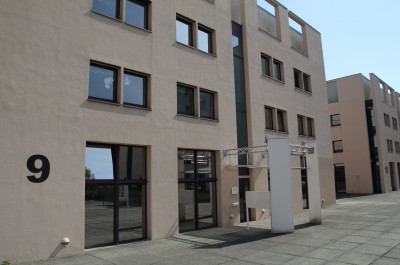| Project period |
1994 – 1996
| Project staff |
Dr. Regine Drewniak
(Belgin Zaman/Ingo Delzer)
| Funding |
Niedersächsisches Kultusministerium
| Project description |
Mainly driven by criminological findings on the phenomenon of juvenile crime and on the efficacy of juvenile court sanctions, public and private youth welfare organisations began offering ambulant socio-educational measures for juvenile offenders from the early 1980s onwards. What were considered to be more appropriate socio-educational methods were designed to improve the social skills of frequently disadvantaged adolescents and young adults and thus support their social and legal rehabilitation. While increasing numbers of projects became established across Germany, there was a major information deficit as to whether they met their objectives in terms of the groups they targeted or reached, the measures on offer, and their use by the juvenile courts. This study aimed to review the projects supported by state funding in Lower Saxony and to pinpoint weaknesses between the projects and their use by the juvenile court that might jeopardise goal attainment in practice.
The approach and analysis were based on minimum standards published in 1991 as planning and practice guidance by the German federal working group on ambulant measures. The basic conditions these laid down for goal-oriented practice – basing the measures on specific standards and ongoing collaboration between youth welfare services and the juvenile courts – provided the framework for the main research questions in the study.
Data collection took place by written survey using specially designed questionnaires that captured information on the projects and on the attitudes and assessments of youth welfare and juvenile court practitioners. The survey was taken by 53 of the 58 state-supported projects in Lower Saxony in 1994, 129 of the 147 educational staff in their employment (87.8%), 39 Lower Saxony juvenile court assistants (28.9%), 63 Lower Saxony juvenile court judges (54.3%) and 44 public prosecutors handling juvenile cases (43.6%).
Lower Saxony has projects offering ambulant measures across almost the entire state. State funding largely appeared to follow the subsidiarity principle, with priority given to projects supported by private welfare organisations.
The assumption was confirmed that good local networking promotes the development of cooperative structures, mutual acceptance among juvenile court assistances and judges, and the willingness of juvenile court judges and public prosecutors handling juvenile cases to make use of the measures on offer. The professional orientation of respondents gave occasion for thought, however, with all respondent groups basing the suitability of ambulant sanctions on criminal law criteria (prior delinquency and severity of offence). Youth welfare staff likewise showed little consideration for the life situation of juvenile offenders, with a notable percentage preferring detention (on the basis of fictional vignettes).
Only a small proportion of the projects (n=13) appeared to meet the criteria formulated in the minimum standards. Basing practice on the minimum standards nonetheless appears to enable the projects to reach a greater proportion of the target group (multiple offenders/multiple delinquents) and thus to avoid a greater proportion of additional sanctions. The existence of the projects is thus a significant indication that in the right circumstances it is indeed possible to carry out work in line with the needs of the target group.
On the whole, the findings point to significant need for improvement on all sides in order to further develop goal-oriented practice. The differing mandates under the Child and Youth Services Act (KJHG) and the Youth Courts Act (JGG) set high standards in terms of cooperation and acceptance. These will only lead to adequate use and implementation of ambulant sanctions given stronger goal orientation and corresponding transparency.

